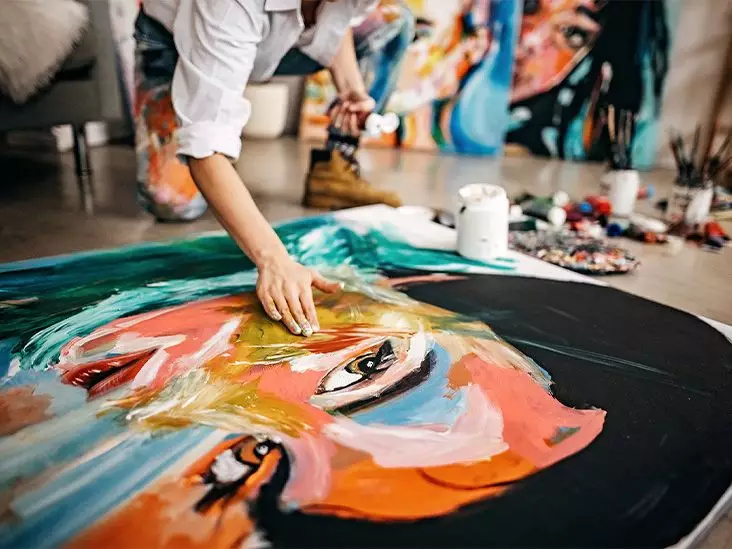Schizophrenia is often viewed as one of the most complex and debilitating mental health disorders, impacting how individuals think, feel, and behave. Those living with schizophrenia may experience a profound disconnect from reality, leading to distressing symptoms such as hallucinations and delusions. As a result, effective communication becomes extremely difficult, not just for the individual but also for their families and healthcare providers. Traditional treatments, primarily medication and counseling, focus on symptom management, but they may not fully address the emotional and psychological needs of the patient. This is where innovative approaches like art therapy come into play, offering a multifaceted way to express the often-ineffable experiences associated with the disorder.
The Power of Creative Expression
Art therapy is an innovative therapeutic approach that utilizes creative mediums to foster emotional expression and communication, particularly for those who find verbal dialogue challenging. For individuals diagnosed with schizophrenia, the act of creating art allows for an alternative avenue to convey their thoughts and feelings. By translating complex emotions and experiences into visual forms, they can find a sense of relief and clarity that might not be accessible through words alone. Art can serve as a bridge between the individual’s internal world and the outside environment, making it easier for them to share their truths.
Art therapy operates on the premise that the process of creating can be as significant as the finished product. During therapy sessions, participants engage with various artistic materials – from paints and clay to digital media – facilitating an immersive experience that can help alleviate symptoms of anxiety and confusion often related to their condition. Consequently, individuals often report increased self-awareness, enhanced self-esteem, and a clearer understanding of their emotional landscape.
While art therapy is not intended to replace traditional treatments such as antipsychotic medications or individual therapy, it serves as a valuable adjunct, enhancing the overall treatment strategy. Rather than operating in isolation, art therapy integrates seamlessly with established therapeutic approaches, providing an emotional support system that encourages individuals to confront and articulate their symptoms.
Moreover, the therapeutic framework that art therapy provides creates a context for self-exploration and healing. For instance, by using art to depict their hallucinations, individuals can gain insight into their experiences, allowing them to contextualize their symptoms within a narrative framework. This not only aids in grounding them in reality but also helps healthcare professionals and family members understand their perspectives, ultimately fostering better communication.
The legacy of noted artists who lived with schizophrenia can also enrich our understanding of this mental health condition and the potential healing power of art. Artists like Vincent van Gogh, Edvard Munch, and Yayoi Kusama have created iconic works that reflect their struggles with mental illness. Their stories serve to humanize the condition, illustrating that creativity can thrive even in the face of adversity.
Celebrating these artists highlights the integral connection between mental health and creativity, suggesting that fostering artistic expression in therapeutic settings could not only alleviate individual struggles but also inspire future generations of artists living with similar challenges.
Engaging in art therapy sessions typically involves collaborating with a trained therapist who guides the individual through expressive activities tailored to their unique needs. Each session can vary in structure, depending on whether it’s conducted individually or in a group setting. During individual sessions, clients may select art materials and articulate their goals, while group sessions can facilitate social interactions and collaborative efforts.
It’s important to note that success in art therapy is not predicated on artistic skill. The focus lies on personal growth and emotional expression rather than creating a “masterpiece.” This aspect makes art therapy accessible regardless of the participant’s artistic background, enabling everyone to find their voice through creativity.
Art therapy presents a unique opportunity for individuals with schizophrenia to communicate experiences that often remain unspoken due to the challenges of the disorder. This therapeutic avenue not only aids in emotional expression but also enhances overall well-being by integrating creativity into mental health care. As we advance in our understanding of schizophrenia, it is vital to appreciate and incorporate diverse treatment options such as art therapy into comprehensive mental health strategies. Those considering art therapy should consult their mental health teams to explore the potential advantages it may offer within their personalized treatment plans. By embracing creativity, we take meaningful steps towards understanding and alleviating the difficulties posed by schizophrenia.

